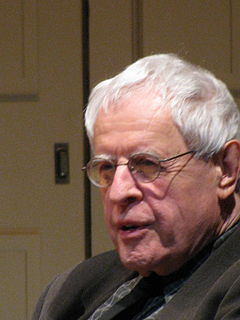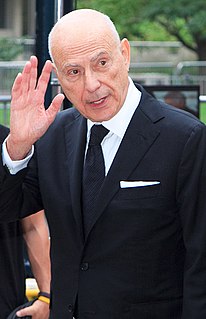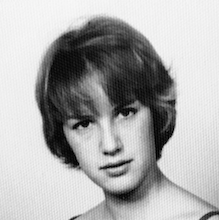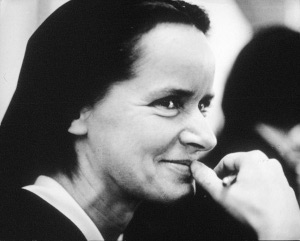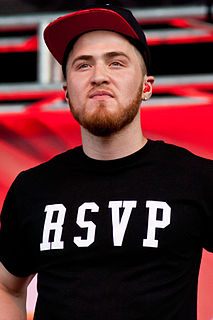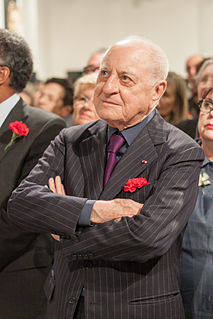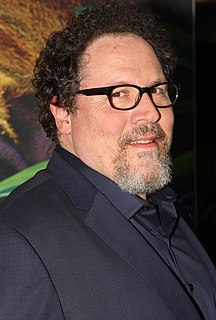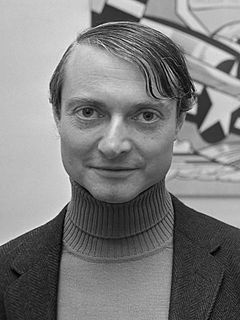A Quote by Debbie Millman
Ever since Marcel Duchamp appropriated mass market objects and pronounced them 'readymades' and Andy Warhol elevated the Campbell's soup can and Brillo Box to art, artists and designers have been blurring the lines between fine art and commerce.
Related Quotes
I simply loathe the crude 1960s distinctions between commerce and art. For me, Warhol and pop obliterated all of those separations - that was the whole point of the Brillo Boxes and Campbell's Soup Cans. And believe it or not, in 2009, moronic journalists are still saying to me, 'Your work is so commercial.'
There was an exchange between me and Andy Warhol. We met, we liked each other, we appreciated each other. He would come to us for Easter in Marrakech. In September we would meet up in Venice. And every time I went to New York I would spend some time with him at the Factory, where we would have dinner together. He's a man that I admired deeply. He shook up the notion of painting - not as much as Marcel Duchamp had done, but he was part of the same general movement. And then we both admired art deco.
I've been fascinated by the world ever since I read 'Kitchen Confidential' by Anthony Bourdain. I've watched 'Top Chef' and watched interviews with chefs on 'Charlie Rose'... I thought they're really intriguing characters, and they really encapsulate that tension between vision and commerce, art and commerce.
Warhol and other Pop artists had brought the art religion of art for art's sake to an end. If art was only business, then rock expressed that transcendental, religious yearning for communal, nonmarket esthetic feeling that official art denied. For a time during the seventies, rock culture became the religion of the avant-garde art world.
At least since the Industrial Revolution, the world of design has been dominated by the rigors of manufacturing and mass production. Assembly lines have dictated a world made of parts, framing the imagination of designers and architects who have been trained to think about their objects as assemblies of discrete parts with distinct functions.



